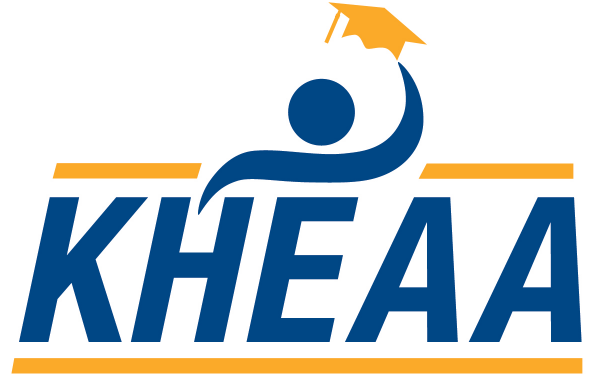Top 529 Myths
What's true
about 529 college saving.
Truth: You can use the assets in your KY Saves 529 account at any eligible 2- and 4-year college, graduate school (including law and medical), vocational/technical school, and K-12 institution.1
Truth: You can use your KY Saves 529 account assets for many qualified higher education expenses, including tuition, fees, computers, and certain room and board costs. You can also use it to pay for graduate school, trade and vocational school, apprenticeship programs that are registered and certified with the U.S. Secretary of Labor, and K-12 expenses.2
Truth: There’s no minimum initial contribution to open a KY Saves 529 account. You can also set up recurring contributions from your bank account or payroll direct deposit through your employer with no minimum.3
Truth: With a KY Saves 529 account, you can be as hands-on or hands-off as you want to be. You can choose from among Year of Enrollment Options that automatically adjust its investments as your child nears enrollment, Asset Allocation Options that help you design your own investment mix or the Capital Preservation Option that invests to provide protection of principal with an interest rate that adjusts periodically.
Truth: Even if your student is already in high school, you can benefit from a 529 plan. Earnings grow federal and state tax-deferred, and when you withdraw the money for a qualified higher education expense, it is free of federal tax.2
Truth: Once you save in a KY Saves 529 account, it’s always your money. If the original student you were saving for can’t use the funds for qualified expenses, you can always change the beneficiary to another qualified family member, or withdraw your funds and pay taxes on earnings and a 10% penalty.4
Truth: It's fast and easy to enroll online.
Truth: With a KY Saves 529 account, it’s affordable. Total annual asset-based KY Saves 529 plan fees range from 0.20% - 0.85% (excludes the Guaranteed Option). For example, if you invest $1,000, the annual fee could be as low as $2.
1An eligible institution is one that can participate in federal financial aid programs and K-12 programs.
2K-12 expenses include tuition and related expenses such as books, certain testing fees, tutoring or educational classes outside of the home, fees for dual enrollment in an institution of higher education, and educational therapies for students with disabilities. These expenses are not to exceed $20,000 per student per year in the aggregate across all 529 Plans for such student. Distributions for qualified K-12 expenses are not subject to Kentucky income tax or recapture. If you are not a Kentucky resident your state’s tax handling may differ. You should consult with a tax advisor for more information on your state’s taxation of Account distributions.
3A plan of periodic investment does not assure a profit or protect against a loss in declining markets.
4Section 529 defines a family member as: a son, daughter, stepson or stepdaughter, or a descendant of any such person; a brother, sister, stepbrother, or stepsister; the father or mother, or an ancestor of either; a stepfather or stepmother; a son or daughter of a brother or sister; a brother or sister of the father or mother; a son-in-law, daughter-in-law, father-in-law, mother-in-law, brother-in-law, or sister-in-law; the spouse of the beneficiary or the spouse of any individual described above; or a first cousin of the beneficiary. Gift or generation-skipping transfer taxes may apply. Please consult with your tax advisor for further information.





